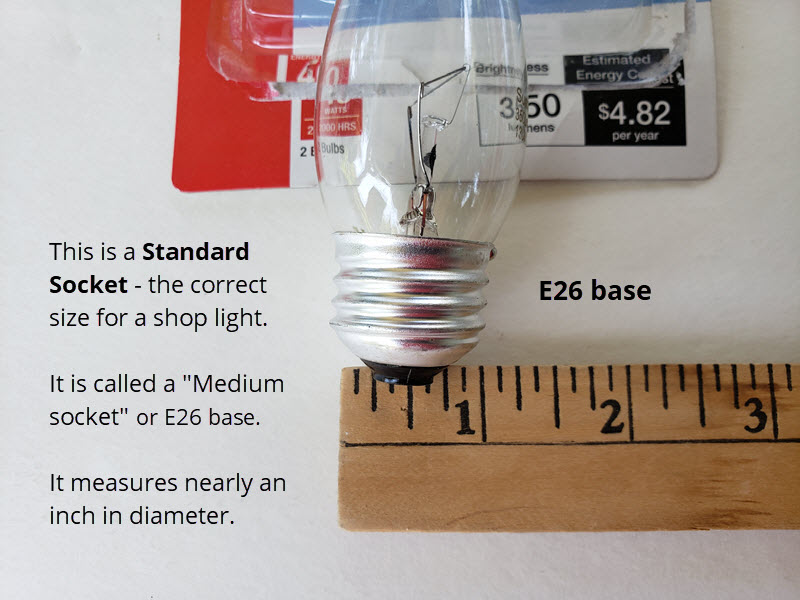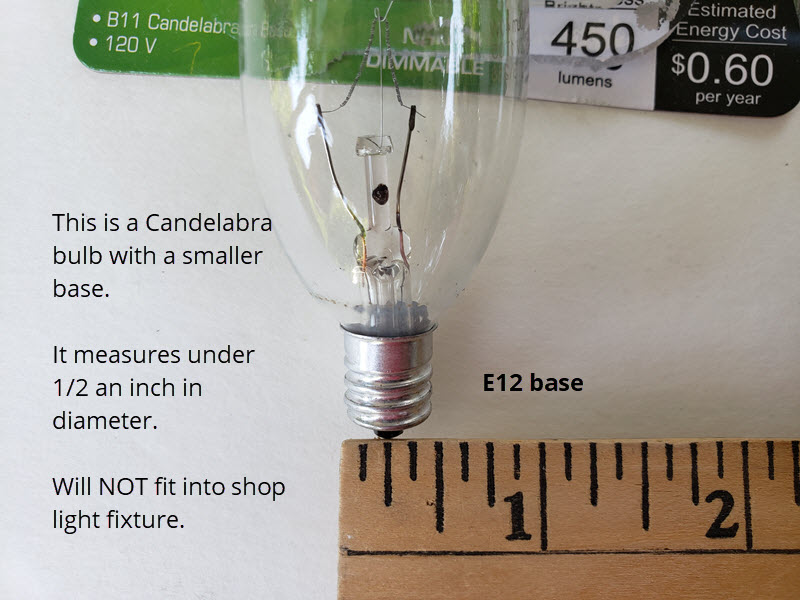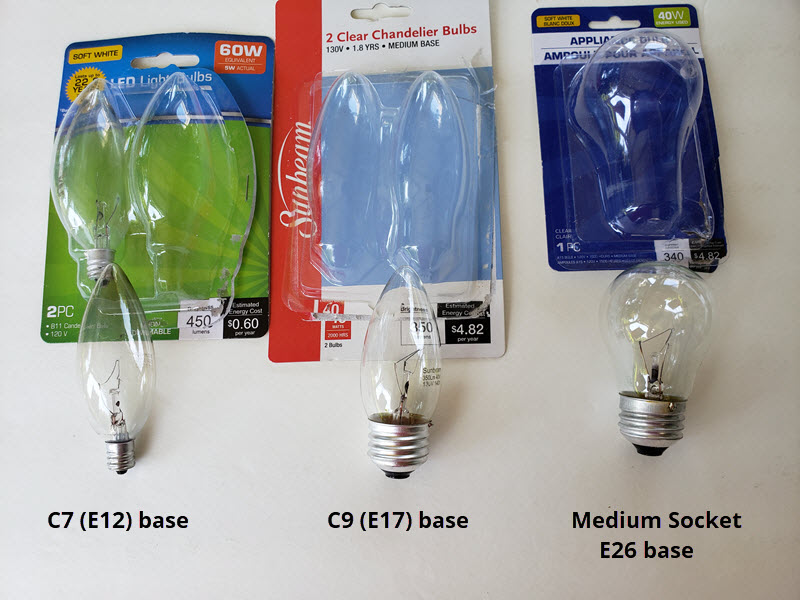The Right Lightbulbs for Dinshah Color Therapy
The best type is a standard, old-fashioned incandescent clear lightbulb. Any more than 40 watts is unnecessary and can melt or warp the color filters.
Light bulbs to NOT use:
Typical fluorescent bulbs have large energy peaks in the yellow, green and violet areas. Full-spectrum fluorescent lights (Ott-Lite) also have many large energy peaks and other areas that are weak. Many of the newer “hi-tech” fluorescents have similar characteristics.
Even “full-spectrum” neodymium incandescent bulbs (Chromalux, Bulbrite, Enrich, etc.) are not full spectrum at all. They have a virtual absence of yellow frequencies.
The spectra of halogen bulbs is similar to the sun’s, however, it is weighted more towards the red end. Halogen bulbs are also hotter than incandescent lights, so if you use them, move the filter further away from the bulb.
LED lights:
LEDs do have a complete spectrum but are labeled with a K (Kelvin) number. Different types of LED lights have different color spectrums.
If you need to use LED lights, you’ll need to use a different set of filters. See this article, LED lights for Color Therapy for more info on using LED lights.
The Right Incandescent Light Bulbs To Use:
This article will go over the size and type of incandescent light bulbs that work best for color therapy.
The best incandescent light bulbs to use for color therapy have clear glass and are 25 to 40 watts. Dimmable lights are not recommended. Neither are white coated bulbs as they cover up quite a bit of the light spectrum.
Unfortunately, with LED light bulbs taking over, its very hard to find incandescent light bulbs these days. At this writing, they are still made for appliances and called “appliance light bulbs” in the U.S. I can’t speak for other countries.
Sometimes, incandescent light bulbs are available for chandeliers, as well, although those are fast being replaced by LEDs. Their bases are usually either C7 (E12) or C9 (E17). However, some are larger.
The ones we are looking for are sized for “Standard Socket” or “Medium Socket” or E26 base. They measure about an inch in diameter and normally come in 25 or 40 watts. This is the preferred wattage for color therapy. Even 25 watts are plenty for a tonation. Anything beyond 40 watts is unnecessary and can melt or warp the color filters. However, if only 60 watt bulbs are available, they can be used if the color filter is further from the bulb and/or more circulation is created in the inside of the lamp so the filter stays cool and does not get damaged.
Bulb Size Confusion
Many people are confused about the sizes and end up purchasing a size that doesn’t fit. To clear up the confusion, here are some images of the different sizes and how they look:

Standard Socket
If you are making your own light projector, aka “light box,” you will need to use a bulb with a standard socket.
These measure about an inch in diameter and are called “medium base” or E26 base.

Candelabra Bulb
Compare this to a chandelier bulb, also called a candelabra bulb.
These have an E12 base which is too small to fit into a standard socket.
The candelabra bulb measures about a half inch in diameter.
This size base will not fit into a standard shop light fixture either. The only one that will fit is the Medium (E26) base.

Comparison of 3 Types of Bulb Sizes
Another size that is too small is the C9 E17 base.
It is another type of candelabra or appliance bulb and has a base too small to fit into a standard socket.
The image on the left is a size comparison of the three, so you can see the differences.
Points to Remember:
- Correct Sizes: “Standard Socket” or “Medium Socket” or E26 base. These will fit into shop lights sold in the U.S.
- 25 to 40 watts are best
- Clear glass is best, rather than coated
- If using LED lights, you’ll need a different set of color gels. See, LED lights for Color Therapy
- Avoid fluorescent bulbs, halogen, “full-spectrum” neodymium incandescent bulbs

Dear Sir/Madam,
“E26 vs. E27, what’s the difference? E26 stands for 26 mm, and the E27 for 27 mm in diameter. These two standards are interchangeable, meaning a US E26 will fit in a European E27 base, and E27 will fit in an E26 base. The only difference is the voltage (for light bulbs).”
In light of the above explanation I obtained from Google, as I’m living in Singapore, I wonder whether I can use an E27 base with 25W to 40W incandescent light bulbs with the POD Lights Fixture I intend to purchase from Product On Demand, which has a voltage of 240V AC. Because the voltage is 240V AC, I worry that the color filters may melt or warp since E26 has a voltage of 120V AC.
I appreciate your advice as soon as possible.
Many Thanks
The real difference between the two types is this: the US version has threads on the base while the European has two pins. You’ll need a voltage transformer or converter/adapter* for it to work safely and properly (a quick Internet search says Singapore operates on a 230V supply voltage and 50Hz).
You can get an adapter from eBay or Amazon – search for “230v to 110v converter/adapter” (Europeans search “220 Adapter Plug to 110”) to change the PD from US to EU. This has nothing to do with the voltage, it is the wattage which matters. A 40-watt bulb of either voltage will have the same heat.
* Converters and transformers are similar in function, but have different applications. Converters are usually used with appliances that operate for a short time, for one to two hours, but most transformers can be used for appliances that operate continuously.
Does the Let there be light book below contain all the new information on led tonations, and bulbs etc.
The 13th edition is the latest. The only difference when using LEDs is that the filters must Supergel to match the spectral output of the 5500 K or 6000 K LEDs.
I’ve been using Spectro-chrome for quite some time. Dinshah himself made it clear that even the light of a candle would work. He said, if you can see the light – it can see you. He discovered in his research that high-intensity lights worked no better than an average bulb. Could you please address the information you’re sharing about 25 to 40 watt bulbs being the best? I’ve personally used 15 watts quite effectively. Respectfully, I do not doubt what you’re saying, but I’d really like to know if you have new access to information and where it originated. Thanks very much.
I’m not saying that 25 to 40 watt bulbs are necessarily the best. They are just the most available. Its difficult these days to find incandescent bulbs at all, but I can still find 25-watt and 40-watt appliance bulbs (2024). Chapter 4 of the book states, “It appears that it is basically the quality and not the quantity of Light which generates the effect. People have used anything from a 4 1/2 watt nightlight… to a 2000-watt Graduate model Spectro-Chrome equipment, with equally gratifying results.
So you are absolutely right, 15-watts or less is plenty.